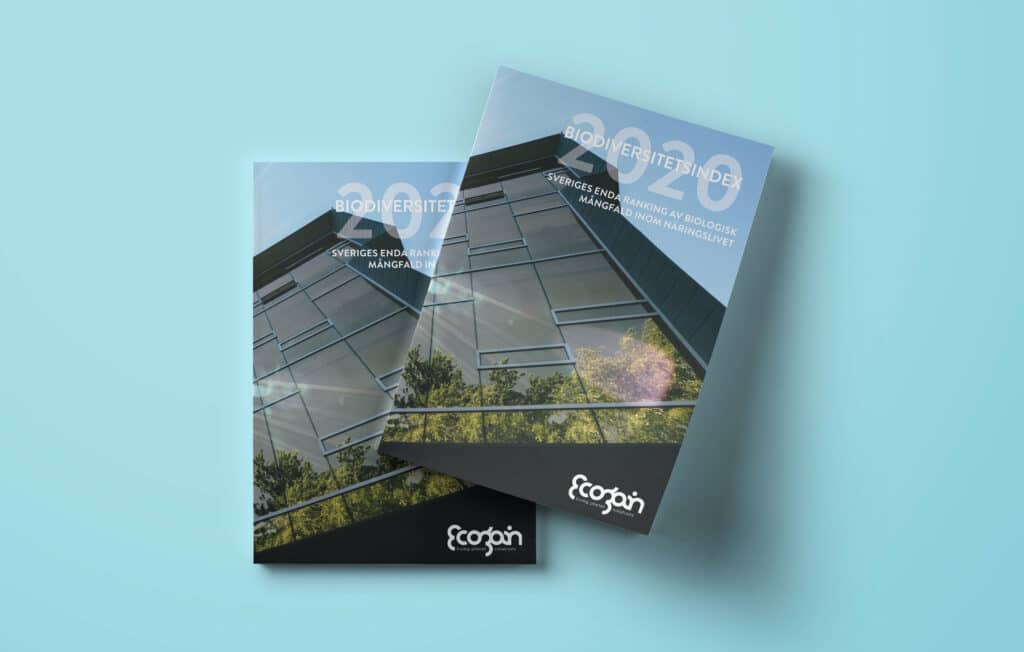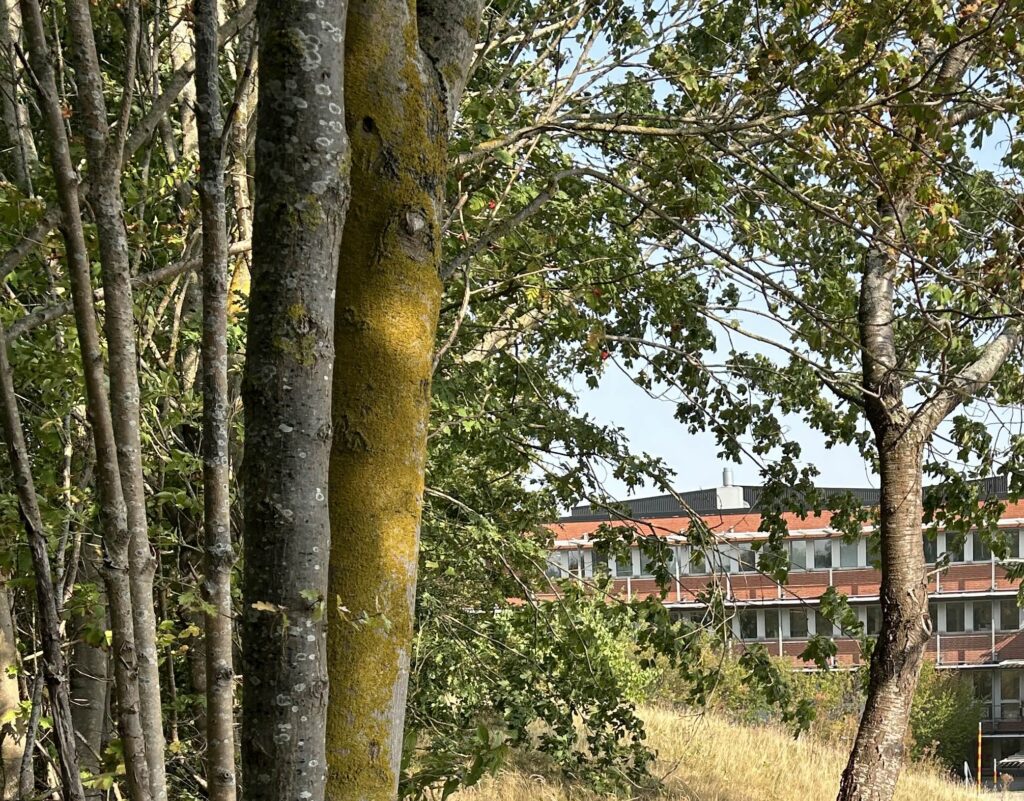
May 22 is Biodiversity Day. To mark the occasion, Ecogain, one of Sweden's leading knowledge companies in biodiversity and sustainable business models, has for the second time reviewed and evaluated Sweden's and, this year, also our neighboring countries Norway, Denmark and Finland's 100 largest companies and their sustainability reporting with a focus on biodiversity. The results show, among other things, that Sweden performs the worst while Finland is at the top.
The Biodiversity Index 2020 report shows a slightly positive trend among large Swedish companies compared to last year, although biodiversity remains a very low priority:
- 43% (42%) of the 100 largest Swedish companies mention biodiversity in their sustainability reporting.
- 31% (30%) mention UN Global Goal 15 on ecosystems and biodiversity.
- 18% (14%) have set some form of biodiversity policy or target.
- 14% (8%) have described some form of biodiversity KPI or measure. 2019 results in brackets.
In many ways, corporate reporting on biodiversity leaves more to be desired this year. Next year, the UN will decide on new global biodiversity targets. Nature's equivalent to the climate's 1.5-degree target could be to completely halt the loss of nature and ecosystems by 2030, and to rebuild nature's capital by 20% by 2050. Companies will be expected to formulate targets that are in line with this, and it is worrying that only 4% of the Nordic region's largest companies have targets for this.
- Anders Enetjärn, CEO and founder of Ecogain.
The Biodiversity Index asks a number of questions against which each company is assessed. Then the companies' level of ambition is categorized into three colors depending on whether the company has set biodiversity targets and whether this is in accordance with what Ecogain perceives will be expected by science.
- Green light for companies with a time-bound target of NoNetLoss (NNL) or Biodiversity Net Gain (BNG) by 2030
- Yellow light is given to companies with some form of biodiversity target or policy. Red light is given to companies with no biodiversity target or policy. None of Sweden's 100 largest companies receive a green light, 18% receive a yellow light and 82% receive a red light. In a country-by-country comparison of the five highest-ranking companies in each country, Finland leads the way, followed by Denmark, Norway and lastly Sweden.
In the Swedish ranking, LKAB and SCA do best and end up at the top of the ranking. Six of the ten companies at the top of the list are in the materials, power supply and energy sectors. Not surprisingly, these are companies that have direct land claims and are therefore subject to major requirements to work with biodiversity issues. A company outside these industries and which comes third on the list is IKEA.
- In its sustainability strategy, IKEA sets three major ambitions: to become a circular company, to become climate positive, and to regenerate resources, protect ecosystems and improve biodiversity. These are major commitments that enable external parties to set requirements. IKEA's biggest impact on biodiversity is through large material purchases such as wood raw material and cotton, IKEA understands this and has a goal that 100% of the wood raw material they buy should be FSC certified. It is also interesting that they realize that as a global player they have great opportunities to influence their suppliers, says Anders Enetjärn.
The Biodiversity Index primarily measures how companies report, which gives a picture of how the issue is prioritized. The actual performance of companies will evolve as biodiversity measurability develops. The overall aim of the Biodiversity Index is to help companies understand how biodiversity is relevant to them, so that they can incorporate the issue into their sustainability efforts and thus into their business.
- Just like the climate issue, biodiversity needs to become a natural part of the strategic sustainability work of every company, from the operational level to the end of the supply chain," says Anders Enetjärn.





